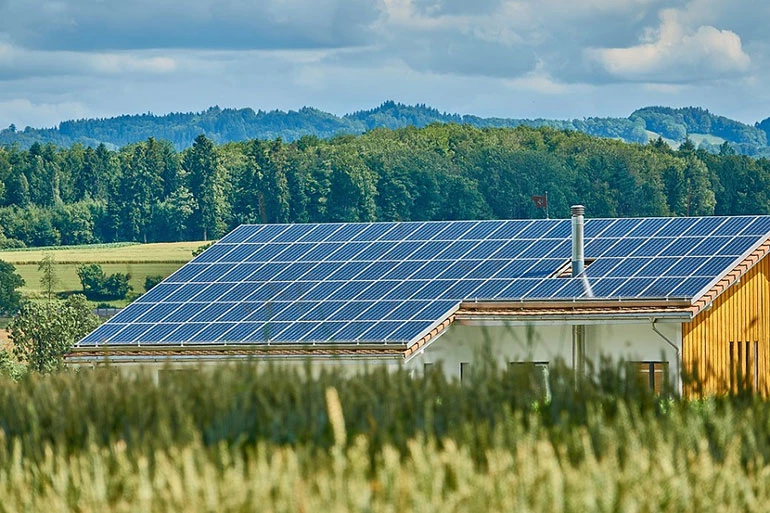California Title 24: Complete Guide To Net Zero Energy
As discussions of Title 24 emerge, policymakers often refer to the energy efficiency standards adopted in the state of California. It's inevitable that the California Title 24 policy will drastically change the way we all look at energy. Those governing Title 24 California will likely influence the political landscape of other states, influencing the adoption of similar energy efficiency changes. Did you know that by 2040 there will be an estimated 1.8 billion more people on the planet? Maybe not. But, what does this mean for you? Well, this projection translates into a 48% increase in energy consumption — a colossal depletion of renewable resources and tons more greenhouse gas emissions released into the atmosphere (ASHRAE, 2018). That is, unless more states like California adopt, implement, and enforce aggressive energy efficiency standards to combat this potential crisis.


